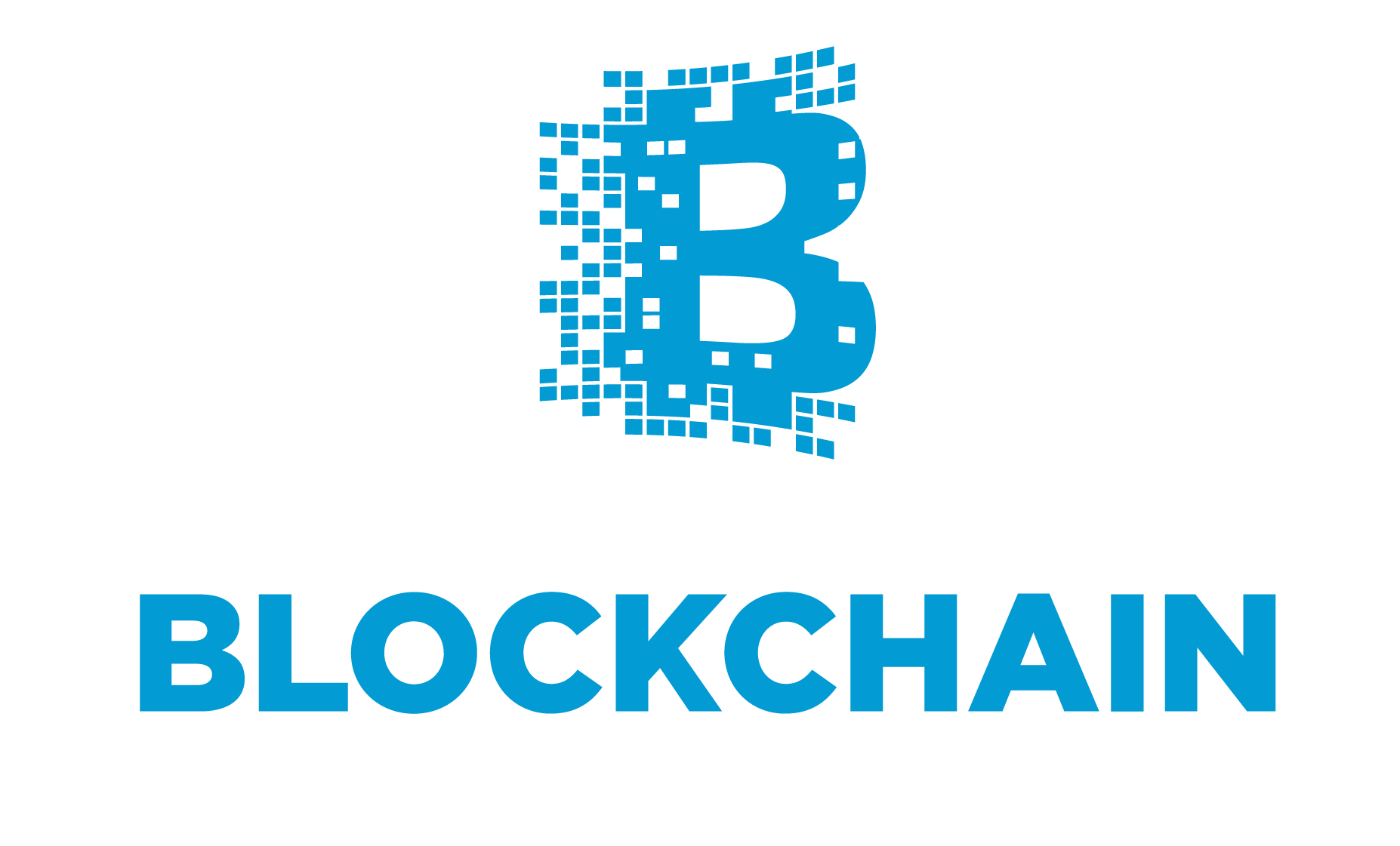posted on May 08, 2017 by Andy Efstathiou

This is the first in an occasional series of blog articles over the next year on Blockchain initiatives related to the financial services industry. Blockchain is an emerging technology for which there are no current operational deployments, with initiatives still primarily at the consulting and design stage. Pilots have been deployed, but are relatively rare despite the rapid growth in experimentation and POC trials.
This article focuses on Genpact’s Blockchain initiatives, leveraging its extensive F&A operations experience to develop Blockchain capabilities that can improve financial outcomes, customer experience and operations costs. Genpact has decided to focus on order-to-cash (O2C) processing to begin with because it has the following characteristics:
- Multi-party process, where coordination across parties for technology and process structure is currently lacking or customized on a bi-lateral basis, not on a universal basis
- Lack of consistent data structure and data management frameworks between parties
- Need to drive customer experience by providing operational transparency
- Impact of the process on financial metrics like cash flow and bottom line profits for a company.
Genpact believes any successful solution for O2C will have:
- Blockchain: distributed ledger, which will require counterparties to adopt a common taxonomy and technology platform. To encourage common adoption, it is necessary to minimize the cost and complexity of deployment and maintenance
- Smart contracts: computer protocols that get triggered based on specific events and are programmed to execute a sequence of actions. Smart contracts aim to provide security and to reduce transaction costs through automation.
Genpact has started developing the solution for the manufacturing industry, given its experience and client base within this industry. The manufacturing industry is looking to reduce the high costs of O2C processing. Even with a focus on reduced costs for superior performance, adoption challenges would have to be addressed until use of Blockchain becomes industry standard. Successful adoption requires both the buyer (manufacturer) and the vendor (supplier) to adopt a Blockchain platform. To facilitate adoption, Genpact’s approach is to segment the client’s customers to identify the few large customers who would be more willing to adopt this transformative solution given its benefits, and for whom this will deliver a significant percentage of the overall benefits.
Banks’ involvement in the payments part of the O2C cycle would automate the end-to-end process value chain. However, adoption by the banks should be easier, due to high levels of bank interest in Blockchain initiatives. Banks will benefit from improved customer experience in their payments service, and reduced risk from disputed payments.
Genpact is developing the solution on the Hyperledger Blockchain platform, an open source collaboration hosted by the Linux Foundation. Design work is done primarily at client sites in collaboration with client teams, with solution development done by Genpact teams in Palo Alto, CA and Bangalore, India. Development teams work virtually with client teams when joint development takes place. Genpact is currently discussing and working with multiple clients who want to be early adopters to develop different POCs.
Blockchain adoption is growing very rapidly for business case development and POC trials. Full operational deployment remains a future aspiration for all vendors of this technology and supporting services. Domain expertise and opportunity prioritization are critical to getting Blockchain initiatives off the ground. Genpact has developed a strategy to go after a highly focused target market with a high value proposition for its Blockchain initiatives. Next, it will need to convert early experiments into compelling operational business cases to drive adoption and a successful business.
